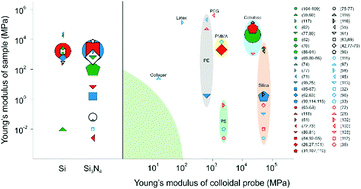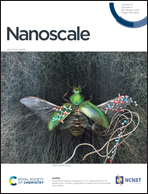Probing the frictional properties of soft materials at the nanoscale
Abstract
The understanding of friction in soft materials is of increasing importance due to the demands of industries such as healthcare, biomedical, food and personal care, the incorporation of soft materials into technology, and in the study of interacting biological interfaces. Many of these processes occur at the nanoscale, but even at micrometer length scales there are fundamental aspects of tribology that remain poorly understood. With the advent of Friction Force Microscopy (FFM), there have been many fundamental insights into tribological phenomena at the atomic scale, such as ‘stick-slip’ and ‘super-lubricity’. This review examines the growing field of soft tribology, the experimental aspects of FFM and its underlying theory. Moving to the nanoscale changes the contact mechanics which govern adhesive forces, which in turn play a pivotal role in friction, along with the deformation of the soft interface and dissipative phenomena. We examine recent progress and future prospects in soft nanotribology.

- This article is part of the themed collection: Recent Review Articles


 Please wait while we load your content...
Please wait while we load your content...